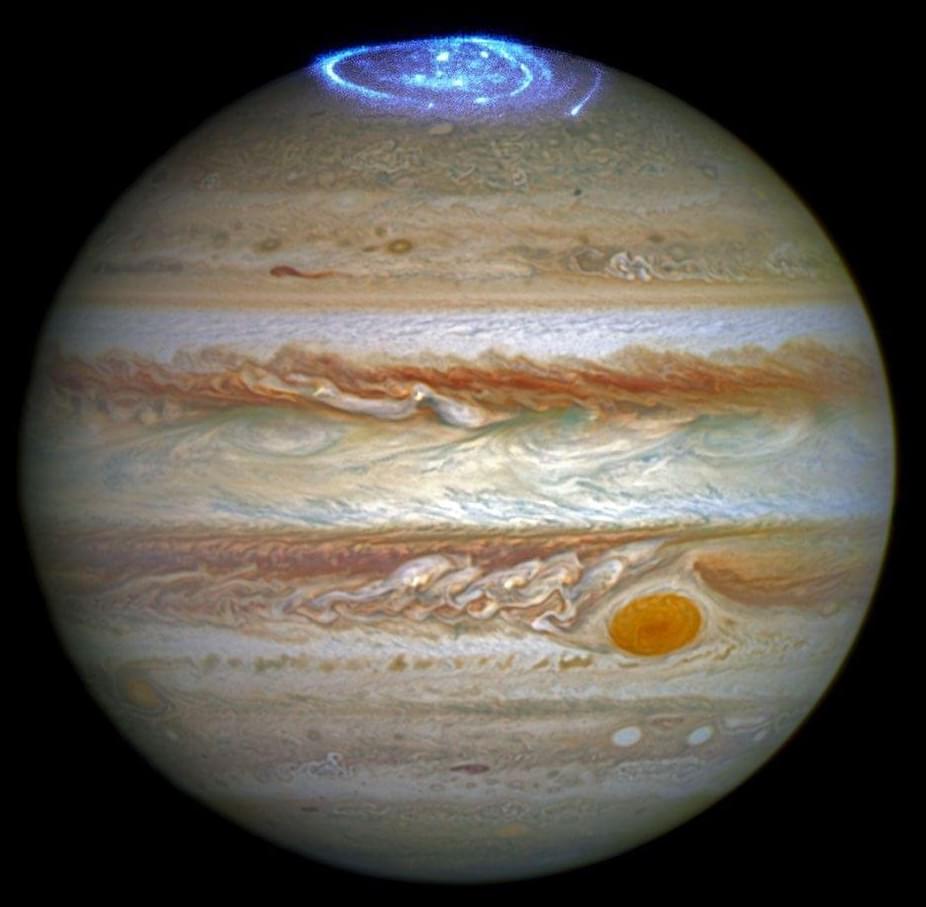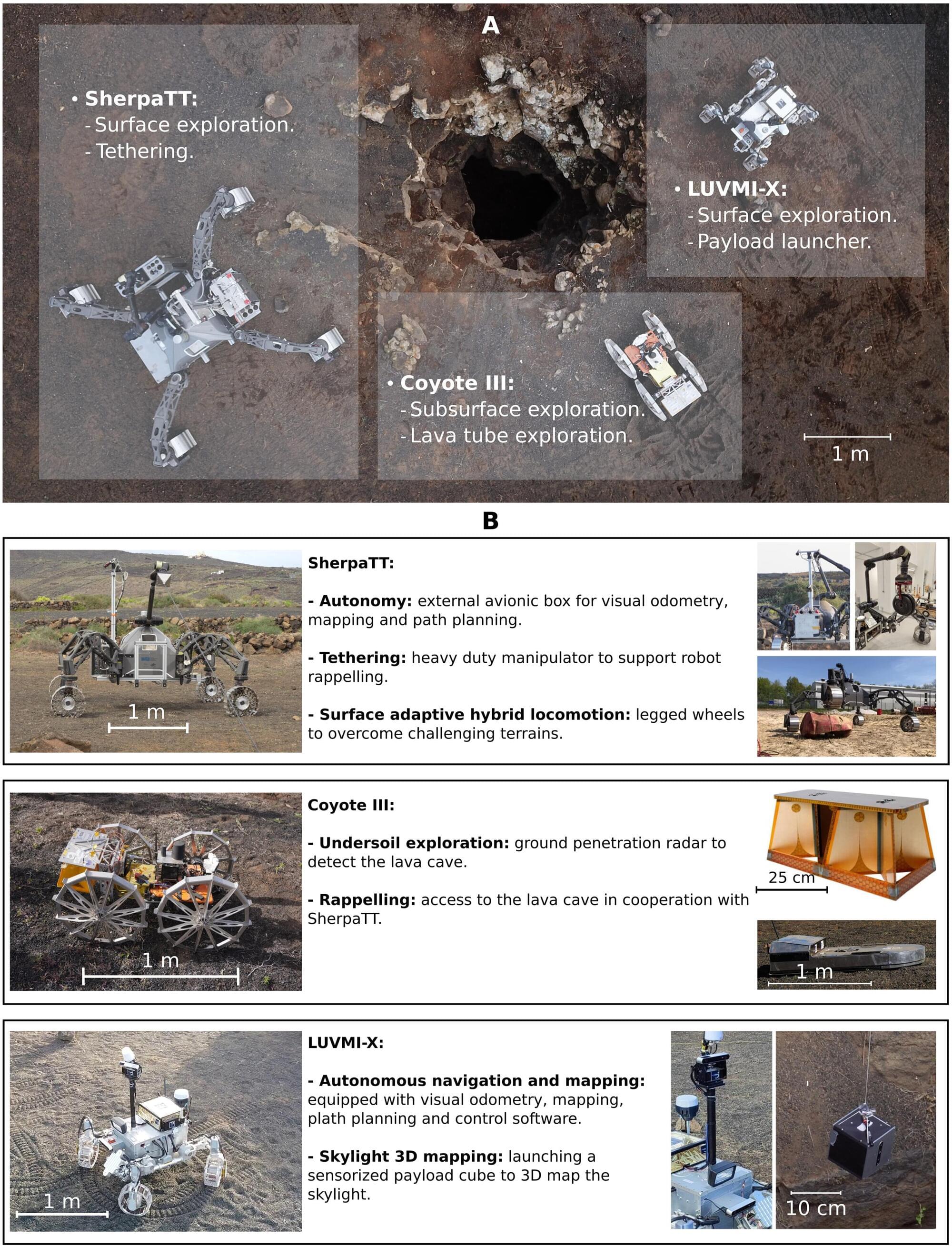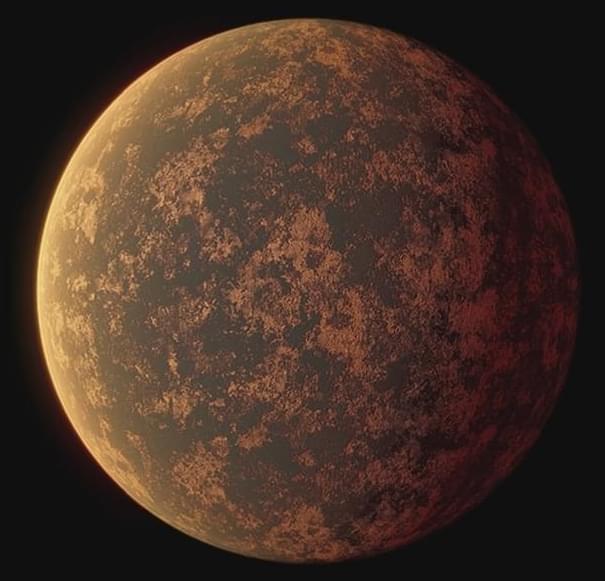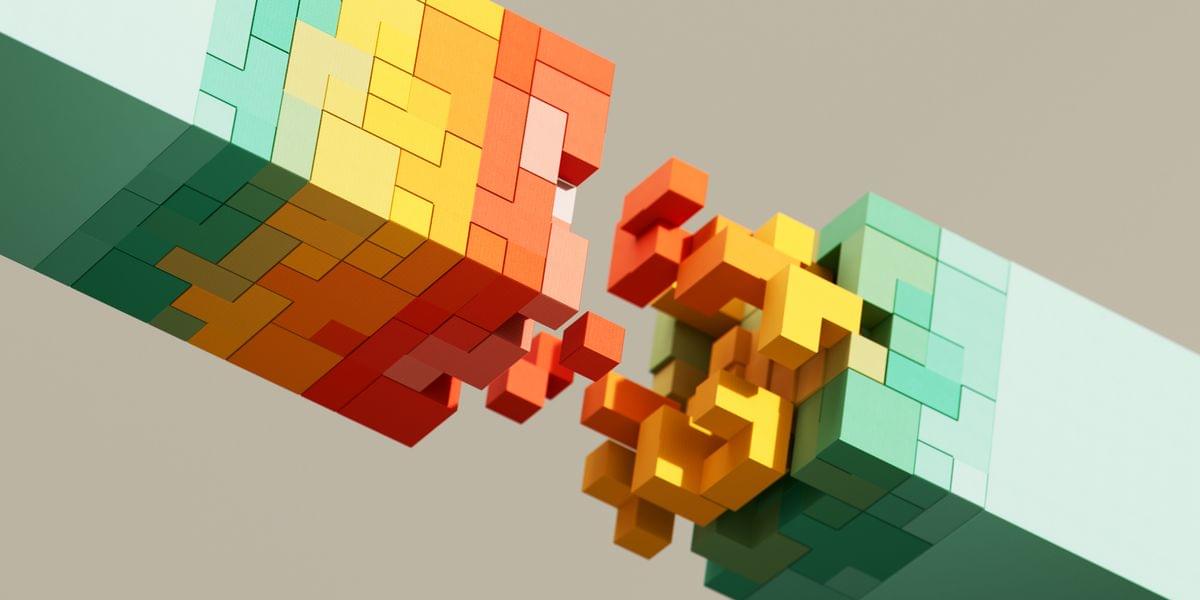What can Jupiter’s auroras teach scientists about auroras on other planets? This is what a recent study published in Physical Review Letters hopes to | Space


Berzerkers.
Get a free trial TODAY with Hostinger Horizons! Use code ISAACARTHUR to get 10% off your first month here: http://hostinger.com/isaacarthur.
The silence of the stars might be hiding more than an absence of life — it might conceal ancient machines, monuments, and traps from civilizations long vanished. Today, we explore these eerie cosmic echoes and the risks of unearthing them.
Visit our Website: http://www.isaacarthur.net.
Join Nebula: https://go.nebula.tv/isaacarthur.
Support us on Patreon: / isaacarthur.
Support us on Subscribestar: https://www.subscribestar.com/isaac-a… Group: / 1,583,992,725,237,264 Reddit:
/ isaacarthur Twitter:
/ isaac_a_arthur on Twitter and RT our future content. SFIA Discord Server:
/ discord Credits: Ancient Alien Artifacts — Cosmic Relics Of A Dangerous Past Written, Produced & Narrated by: Isaac Arthur Script Editor: Lukas Konecny Graphics: Sergio Botero, Udo Schroeter Select imagery/video supplied by Getty Images Music Courtesy of Epidemic Sound http://epidemicsound.com/creator Chapters 0:00 Intro 1:42 The Cosmic Junkyard 3:56 What Survives When Civilizations Don’t 9:31 Dangerous by Design 12:04 False Gifts and Poisoned Knowledge 15:37 We Might Already Be Inside One 19:21 Detecting the Undetectable 21:34 The Human Reaction 23:31 The Million-Year Message 24:55 Galactic Cemeteries 26:53 The Ghosts We Might Meet 28:43 The Next Artifacts.
Facebook Group: / 1583992725237264
Reddit: / isaacarthur.
Twitter: / isaac_a_arthur on Twitter and RT our future content.
SFIA Discord Server: / discord.
Credits:
Ancient Alien Artifacts — Cosmic Relics Of A Dangerous Past.
Written, Produced & Narrated by: Isaac Arthur.
Script Editor: Lukas Konecny.
Graphics: Sergio Botero, Udo Schroeter.
Select imagery/video supplied by Getty Images.
Music Courtesy of Epidemic Sound http://epidemicsound.com/creator.
Chapters.
0:00 Intro.
1:42 The Cosmic Junkyard.
3:56 What Survives When Civilizations Don’t.
9:31 Dangerous by Design.
12:04 False Gifts and Poisoned Knowledge.
15:37 We Might Already Be Inside One.
19:21 Detecting the Undetectable.
21:34 The Human Reaction.
23:31 The Million-Year Message.
24:55 Galactic Cemeteries.
26:53 The Ghosts We Might Meet.
28:43 The Next Artifacts
In this video, I’m counting down 5 Weird Alien Tech Sci-Fi You Need to Read—plus a few honourable mentions—for fans of mind-bending, physics-breaking, utterly baffling extraterrestrial inventions.
🚀My new sci-fi book, Tao Solandis, is finally available for pre-order.📖 Links to all the ways you can pre-order — https://linktr.ee/scifiodyssey.
Check out these early Tao Solandis reviews:

In the not-too-distant future, the search for signs of life on Mars and the moon could see the next generation of robots exploring a new frontier: subsurface lava tubes. These missions could also help us determine the best locations for establishing human bases.
To see whether this could be feasible, scientists tested three autonomous robots in a lava cave on the Spanish island of Lanzarote.
Lava tubes are deep underground caves formed by volcanic activity and are found in various parts of the world, as well as on Mars and the moon. These cavernous spaces could offer protection from the harsh environment of space, such as extreme temperatures, radiation and bombardment from meteorites. This means they may not only harbor existing life but could also serve as ideal locations for manned lunar and Martian bases.

What happened to GUT grand unified theory.
Is our missing antimatter hiding in a mirror universe?
Some scientists think a time-reversed anti-universe exists alongside ours — a place where antimatter rules and their “forward” is our “backwards.” If true, it could solve one of physics’ biggest mysteries.
In this video: the antimatter imbalance, CPT symmetry, and what life in a mirror reality might be like.
Could our missing antimatter be hiding in a parallel, time-reversed universe?
Physicists have long puzzled over one of the biggest mysteries in cosmology: why our universe is made almost entirely of matter, when the Big Bang should have created equal amounts of matter and antimatter. Some theories suggest that the answer lies in a mirror universe — a realm where antimatter dominates and time flows in the opposite direction to ours.
In this episode of Stellar Stories, we explore:
Sulfur is the universe’s tenth most common element and a key building block for planets, stars, and also life.
Philip Goff joins me to discuss panpsychism, cosmopsychism, and how these theories of consciousness have the potential to explain one of the most striking discoveries of modern science: the fine-tuning of the universe for intelligent life.
To purchase Philip’s book, \.

Are we alone, or just looking for the wrong kind of aliens? Discover how the path to hive minds and distributed consciousness might answer the Fermi Paradox — and pose new dilemmas of their own.
Watch my exclusive video Dark Biospheres: https://nebula.tv/videos/isaacarthur–…
Get Nebula using my link for 40% off an annual subscription: https://go.nebula.tv/isaacarthur.
Get a Lifetime Membership to Nebula for only $300: https://go.nebula.tv/lifetime?ref=isa…
Use the link https://gift.nebula.tv/isaacarthur to give a year of Nebula to a friend for just $36.
Visit our Website: http://www.isaacarthur.net.
Join Nebula: https://go.nebula.tv/isaacarthur.
Support us on Patreon: / isaacarthur.
Support us on Subscribestar: https://www.subscribestar.com/isaac-a…
Facebook Group: / 1583992725237264
Reddit: / isaacarthur.
Twitter: / isaac_a_arthur on Twitter and RT our future content.
SFIA Discord Server: / discord.
Credits:
The Fermi Paradox & The Hivemind Dilemma.
Written, Produced & Narrated by: Isaac Arthur.
Editor: Lukas Konecny.
Select imagery/video supplied by Getty Images.
Music Courtesy of Epidemic Sound http://epidemicsound.com/creator.
Chapters.
0:00 Intro.
1:25 What is a Hivemind?
3:48 Why Build a Hivemind?
9:51 The Hivemind Dilemma: Cognitive Horizon Limits.
14:56 FTL and the Limits of Superminds.
18:33 Asimov, Seldon, Gaia, Galaxia, and the Fallacy of Galactic Planning.
24:46 Galactic Civilizations & Fragmented Minds.
26:56 The Competition of Minds.